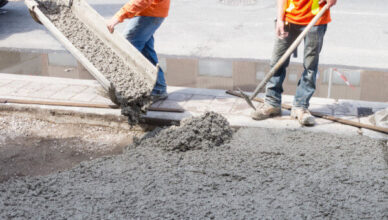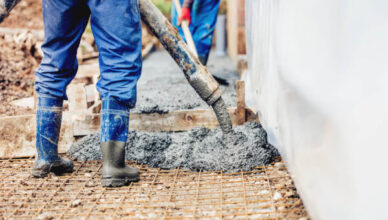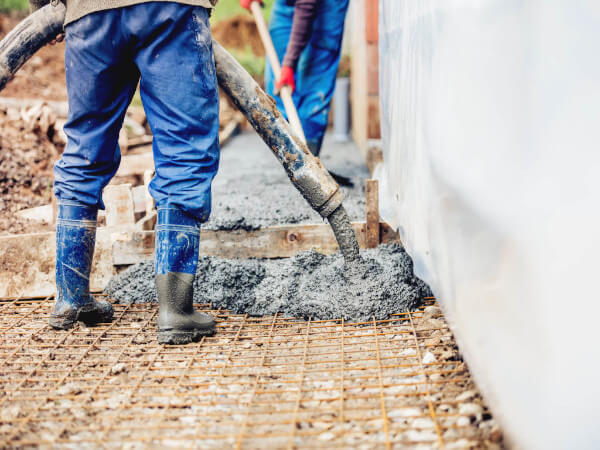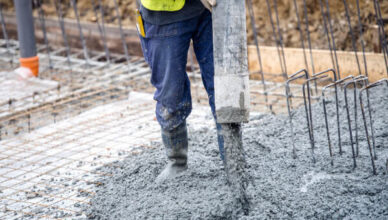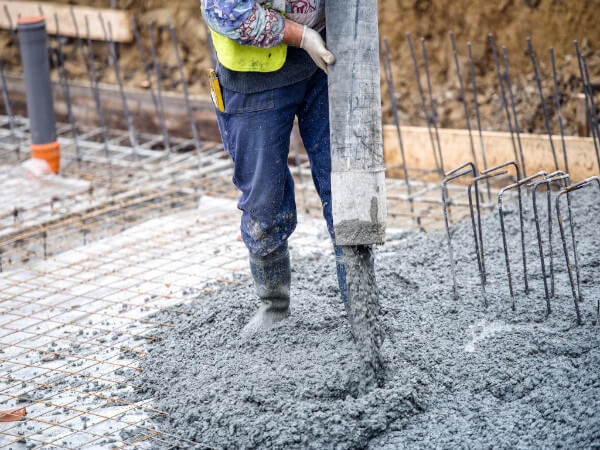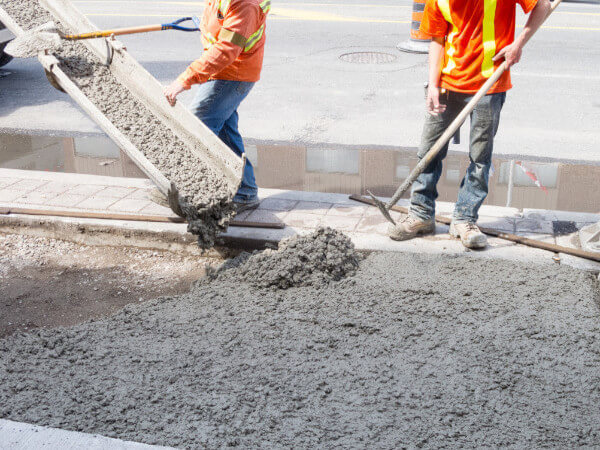
A retaining wall is necessary for any landscape project.
Without them, shorelines will quickly erode or flood, and gardens become overgrown with weeds.
The most popular type of retaining wall is the traditional concrete block style that has been around since the 1950s.
However, plenty of other options are available. One such option is a type of limestone called rip rap.
This bulky stone offers an array of benefits. When used as a retaining wall, it’s:
1. Aesthetically pleasing
A rip rap retaining wall is an attractive way to add some interest and excitement to your yard or city shoreline. The irregular shapes of the stones give it a more natural, rustic look that complements a variety of styles.
2. Eco-friendly
Because limestone can be obtained from quarries, it has less environmental impact than other materials like concrete and steel. It is also a sedimentary rock, which means that it’s formed over time from the weathering of other rocks.
The process of obtaining limestone does not involve chemical treatments or strong acids like some materials do. It helps to protect the environment and human health during and after its creation.
In addition, limestone is a natural sponge that absorbs water. This makes it an especially good choice for areas like the South that experience heavy rainfall and hurricanes.
3. Great for protection against the elements and erosion
Thanks to its irregular shape, rip rap can be useful in more urban areas to protect buildings from heavy rains and flooding. It also prevents soil at construction sites from getting washed away by rainfall or runoff water that carries mud and silt into nearby waterways.
4. Long-lasting
Rip rap is a long-lasting material that can remain in your landscape for many years. Since it’s made from limestone, you can also rely on this material for its strength and durability. Unlike certain materials like cinder blocks, rip rap will not break down over time.
In addition, the limestone itself has been around since prehistoric times and will likely be here until another type of rock comes along to replace it. This provides an excellent return on investment compared with materials like wood or plastic which need replacing every few decades.
5. Easy to maintain
One of the final benefits of rip rap is that it’s easy to maintain. Unlike traditional concrete block walls, you don’t need to replace these stones since they’re not attached together with mortar or cement.
Instead, each stone rests on top of the other and can be removed when necessary (if repairs are needed or if you want to create a new design).
In addition, the irregular shapes and sizes of rip rap makes it easy to find just what you need for your project, whether that’s one large piece or several smaller ones. This is unlike many other types of retaining wall stone which are sold in pre-cut pieces.
Port Aggregates offers three types of rip rap: 10lb rip rap (6-10”), 30lb rip rap, and 55lb rip rap. Whether your goal is to prevent erosion or simply create a garden, we’ve got just what you need. Our high-quality crushed limestone is available in numerous sizes to suit your special needs. Contact us today to request a quote
The post 5 Reasons to Choose a Rip Rap Retaining Wall appeared first on Port Aggregates.
